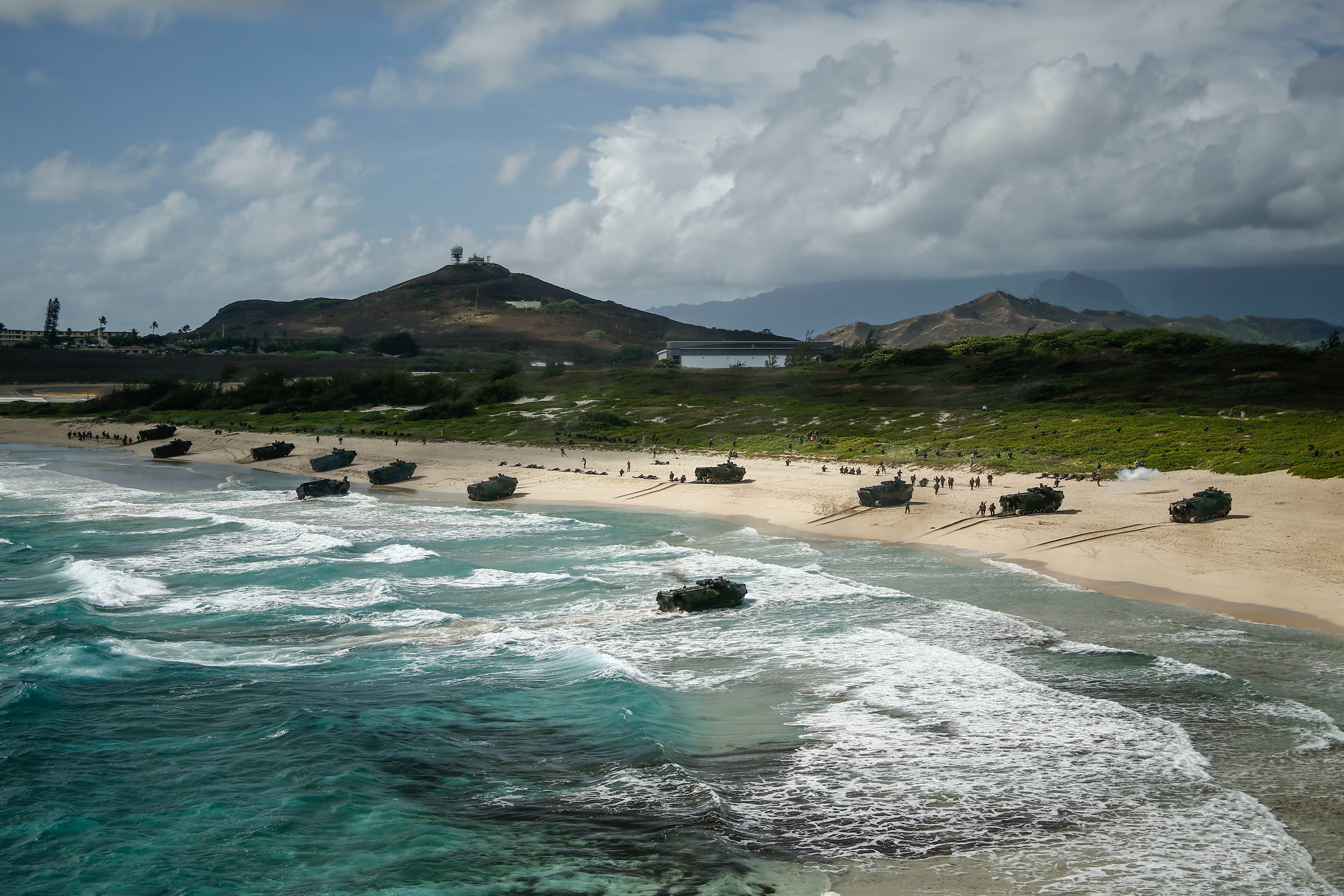
JOINT BASE PEARL HARBOR-HICKAM AND ABOARD HMAS ADELAIDE OFF THE COAST OF HAWAII – The biennial Rim of the Pacific (RIMPAC) exercise wraps up in Hawaii this week after giving 25 participating nations a chance to work with partners they couldn’t otherwise afford to collaborate with, perform roles they otherwise would struggle to learn and perform naval missions at a scale unseen anywhere else in the world.
Though each iteration of the exercise introduces new participants or gear to incorporate, equally as important as the firsts are the routines: the reliable every-other-year assurance that ships’ and planes’ combat systems can talk to one another, the steady improvement of command and control and warfare tactics, and the relationship-building that comes from seeing familiar faces from previous RIMPACs.
Rear Adm. Daryl Caudle, commander of submarine forces in U.S. Pacific Fleet, told USNI News in an interview in his office that, in addition to three U.S. submarines – USS Hawaii (SSN-776), USS Illinois (SSN-786) and USS Olympia (SSN-717), “two partner countries have sent their submarines too: … from South Korea, the Park Wi (SS-065), and the Australian attack boat Rankin (SSG-78). And two very capable countries, two very capable partners, countries that we work with frequently on anti-submarine warfare operations, anti-surface warfare operations with the submarines – so it’s a relationship that’s not new for us, and we just use RIMPAC to build on it.”
“It’s really most about command and control: it’s one thing to command and control U.S. submarines, which by their clandestine nature has its own complexities because it’s under the water, so I don’t get to just be in constant radio communication with them. So communicating with submarines has its own level of complexity that we have honed over time to be very good at. But I don’t get to do that with international partners very often,” the admiral continued.
“A large training objective for me is the interoperability of our command and control, computer, information and communications systems and to be able to have those systems working together in a way that I can talk, task and command and control those forces to our common objectives. So to do that, we make sure that the ships that come over have radio equipment and computer equipment and expertise onboard to allow them to actually seamlessly feed into my command and control networks. So that’s a big piece of interoperability you get by being a RIMPAC partner, is being able to feed into that collective network.”
Caudle said he tried communicating with the Australian and South Korean sub on their journey to Hawaii and encountered some difficulties, but U.S. technicians worked with the subs during the harbor phase of RIMPAC to get the settings and channels just right to allow for proper communication during the exercise.
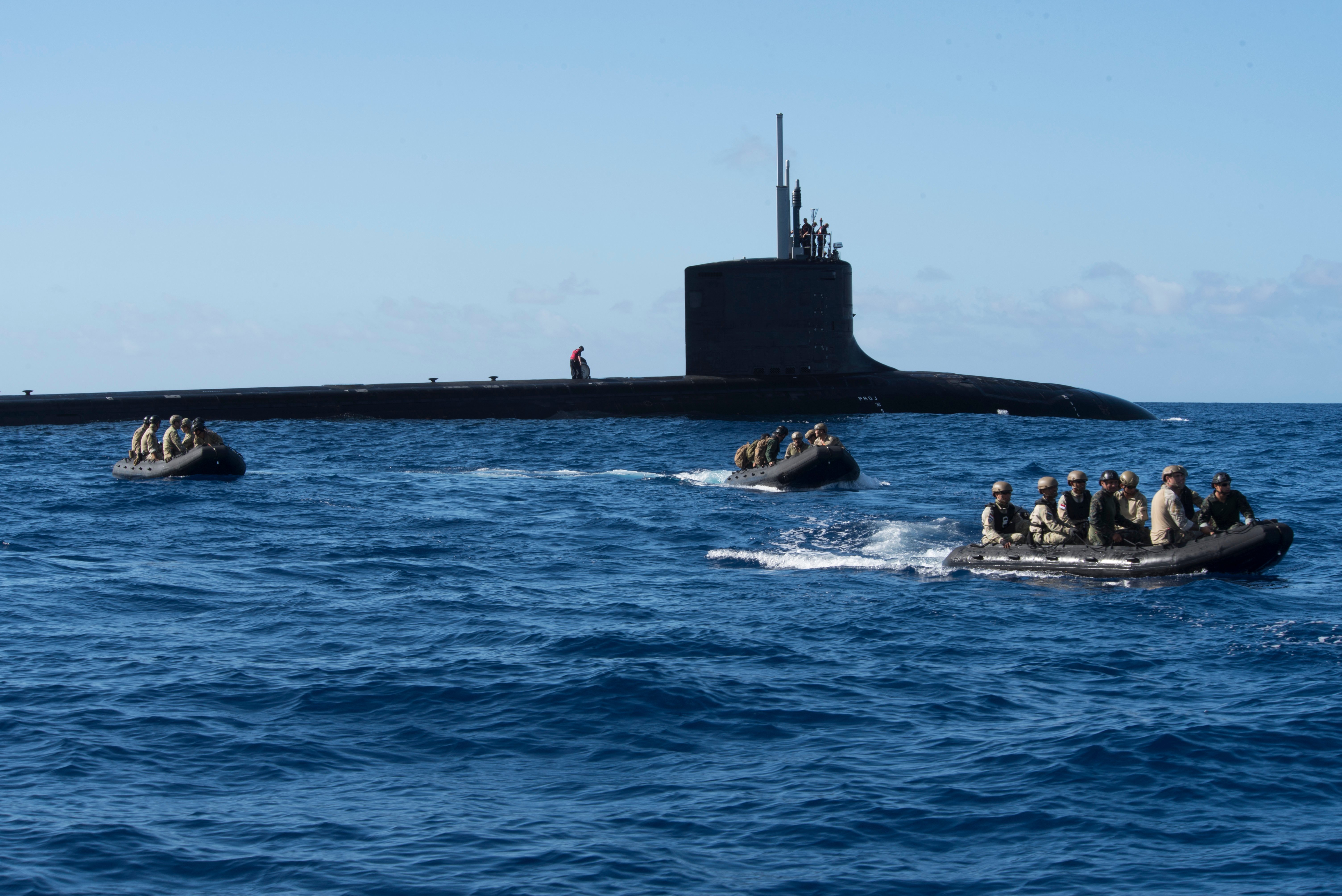
Capt. Blair Gerritsen, a New Zealand naval officer serving as the sea combat commander for the expeditionary strike group at RIMPAC, said that even with the surface ships he is commanding during RIMPAC, communication is a major issue to overcome.
“That’s not a technical challenge; it’s more how you communicate and what you communicate,” he said.
“I think for all of us it reinforces some of the challenges of bringing a coalition together, just in terms of understanding, communications – and not just the mechanics of communication, but also how we communicate, and different cultures of different nations will interpret the same message perhaps two different ways. And so it’s been really important for us to be really clear and concise in the direction we give to make sure that everyone’s happy to come back with questions when they have them and feel confident in that. If we can communicate across the force, everything else is manageable. And that’s the key enabler for coalition ops.”
Gerritsen is commanding a range of ships – four U.S. destroyers and a cruiser, and frigates from Canada, New Zealand, Malaysia, Singapore, the Philippines and South Korea, among them – that each have their own capabilities, strengths, and areas where they hoped to improve at RIMPAC. Coming from a smaller navy himself, Gerritsen said the ability to pull all these assets together and create something more effective than any one nation could on its own is fun to be a part of.
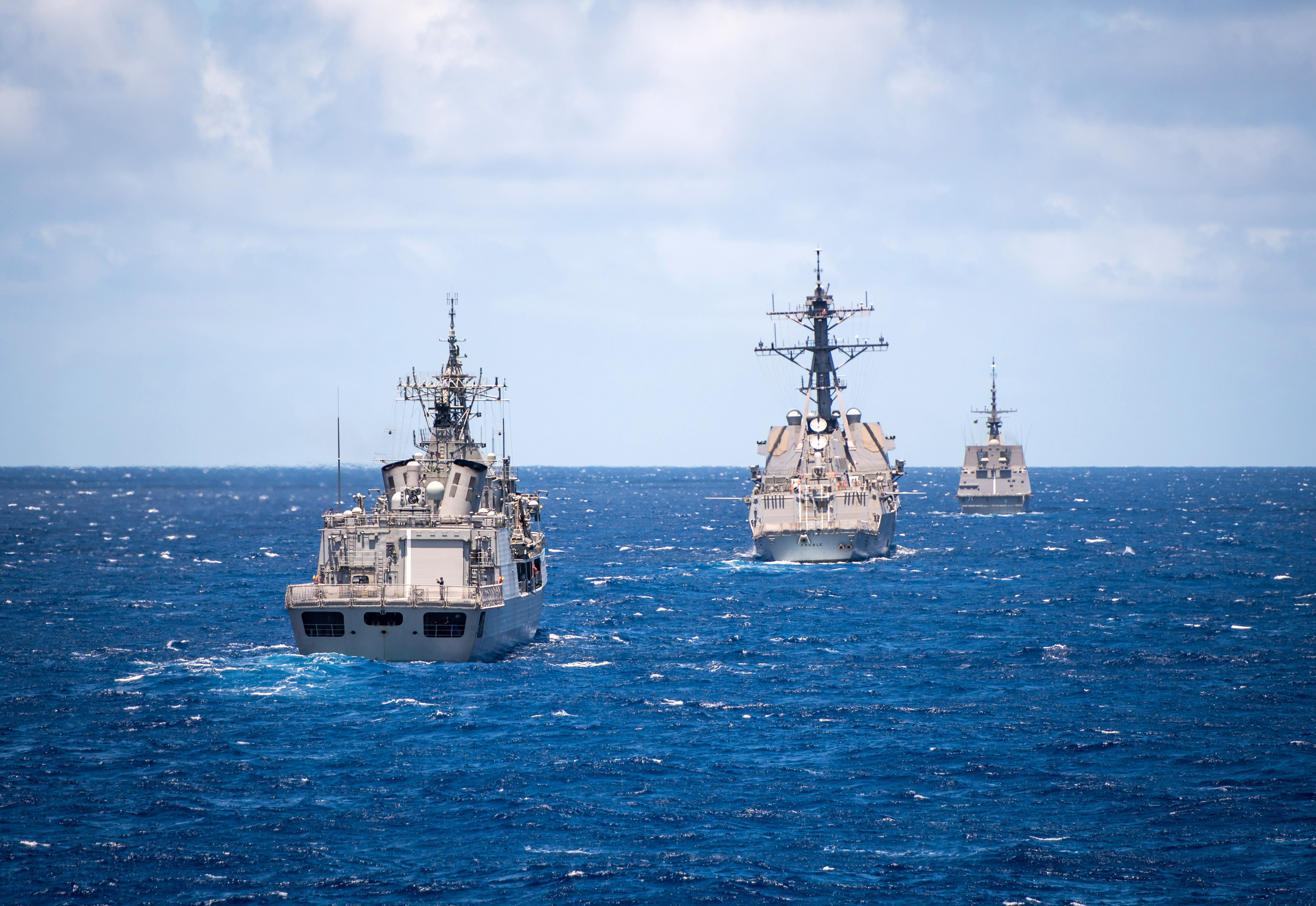
“Our (New Zealand’s) ability to bring together a force of even a fraction of this size of what we’re talking about here, it doesn’t exist. But in order to operate in those sort of forces you need to understand how they work,” he said.
“So for the New Zealand Navy it’s about having a range of options that we can plug into and participate and add value in those forces. And I think … all of the maritime nations are looking for ways that we can come together and we can actually take the different components that each country can bring to the game and combine them into something that’s far more effective and far larger than we could produce by ourselves. And once again it goes back to bringing things together, making sure they can work well, and RIMPAC is a fantastic opportunity to provide a foundation that we can build on for those sort of activities.”
Gerritsen said he had already seen some familiar faces from his previous RIMPAC participation in 2012, and those lasting connections in partner navies could be a difference-maker down the road if an international coalition were needed to respond to a disaster relief effort or a military response.
“That’s one of the great things about RIMPAC: it brings all of those nations from the Pacific, Indo-Pacific now really, together in one place, and you get to develop relationships and meet people that last into the future,” he said.
“We see RIMPAC, from a New Zealand perspective, as a fantastic opportunity to engage with a lot of different partner nations around the Pacific. If we were to do one-on-one bilateral exercises with each of those nations, it would take us four or five years to get through all those. We can come here and suddenly we’ve got Chile and Peru from the East, we’ve got the Indians from the Western extremities, we’ve got our Canadian friends – we’ve covered a lot of territory in a very short amount of time. So we’re very appreciative of the U.S. hosting this and inviting all the different nations.”
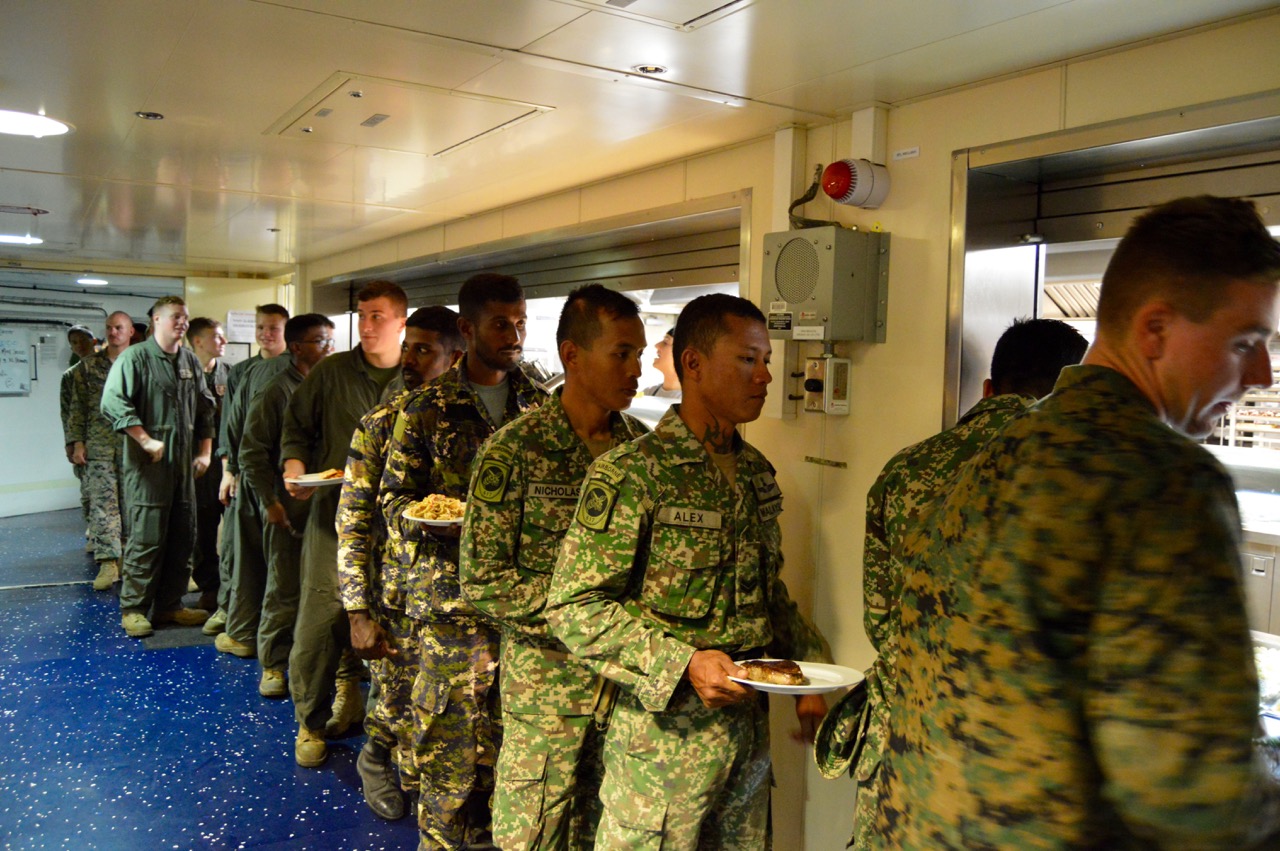
For the U.S., having all the different nations in Hawaii allows leaders to work with ships not in the U.S. Navy – Caudle said his force benefits greatly from interacting with diesel submarines, for example, which the U.S. doesn’t have. Caudle also said that scaling up for this massive undertaking also allows him to activate the reserve side of his SUBPAC staff. His staff is manned for day-to-day operations but would rely heavily on reservists for combat-level operations, so bringing the whole group together is helpful for him because “I get to work with that reserve component during all those phases and they get to be part of my battle rhythm” as RIMPAC works up from training to show-of-force to combat.
Caudle, as SUBPAC, is tasked with serving as 3rd Fleet’s theater anti-submarine warfare commander, a role which requires him and his staff to be certified every other year. RIMPAC serves as the certification event, and Caudle said it’s also beneficial in opening his eyes to ideas for improving how he approaches that role for the Navy.
“We’re always trying to look to see how we become a better theater ASW commander. We went a long time trying to just stay around and protect high-value units [and are now focused on] broadening our wide-area search and lethality capabilities, and so by bringing all these navies together with all these capabilities allows my headquarters and the planners and the folks who work here to actually use this scenario to think about how we’ll actually conduct real-world warfare,” Caudle said.
“So I would say absolutely there are lessons here for us to take out of this.”
Gerritson’s day job back in New Zealand is the director of future force development, which is a New Zealand Defence Force-level job that looks out at the 15- to 25-year range of threats, emerging capabilities and tactics. The captain said he was confident that understanding the state-of-play from RIMPAC this year would help inform his work back home, and that the same was true for other participants as well.
“I think everybody that’s involved in this exercise, they’ll take something away from it back to whatever their day jobs are, whether they’re operational jobs, whether they’re headquarters jobs. At the very least it brings us back up to speed with what current maritime warfare thinking is and the challenges that are out there,” Gerritsen said.
“Within my team, the New Zealanders on my team are involved in all sorts of roles – everything from defense logistics to training and certifying our ships; I’ve got one person who’s involved in [procurement]. So each of them will take back to those roles a slightly different perspective about their jobs and requirements than they brought to the exercise.”
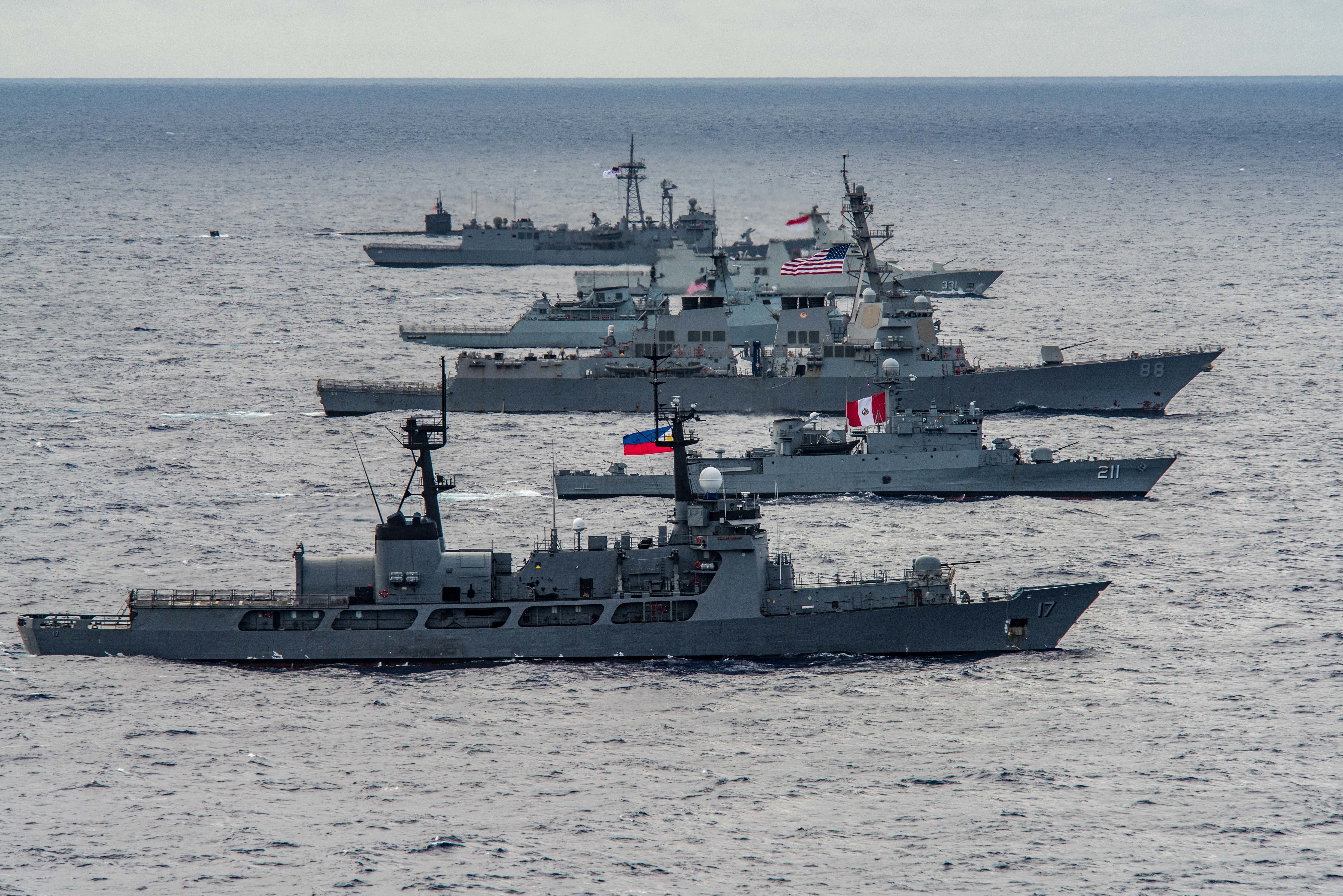
RIMPAC 2018 runs from June 27 to Aug. 2 in both Hawaii and Southern California. More than 25,000 personnel, 46 ships, five submarines, 200 aircraft and 17 nations’ land forces participated in the 26th iteration of the event that dates back to 1971. This year’s exercise marked several firsts: Israel, Sri Lanka and Vietnam participated for the first time, Malaysia and the Philippines brought ships for the first time and Ecuador joined as an observer.





